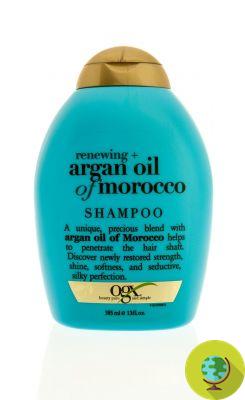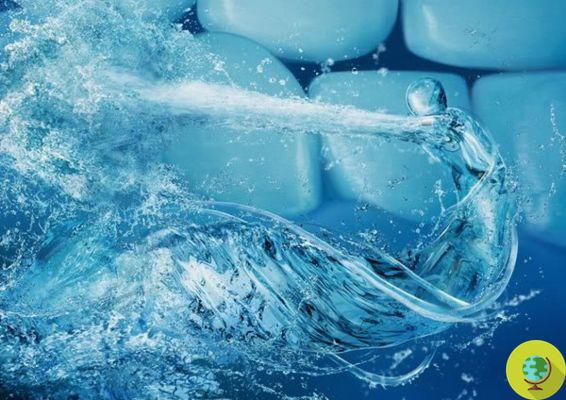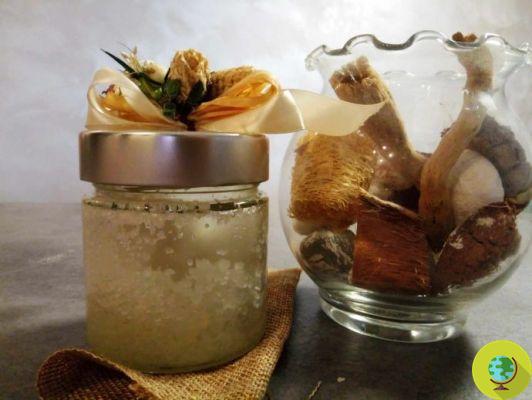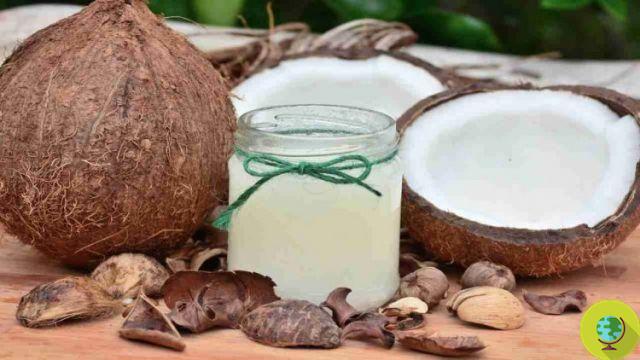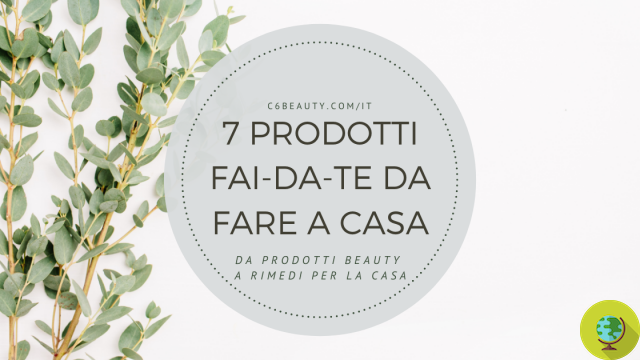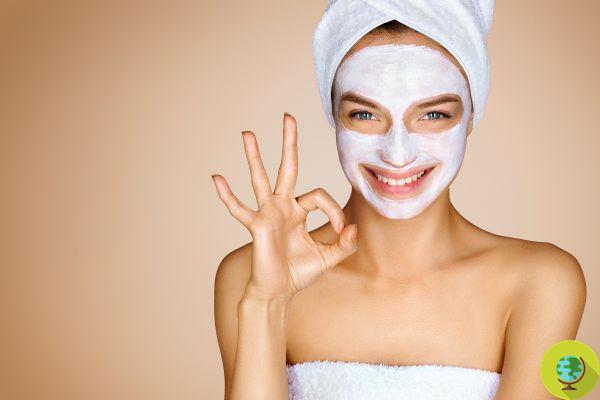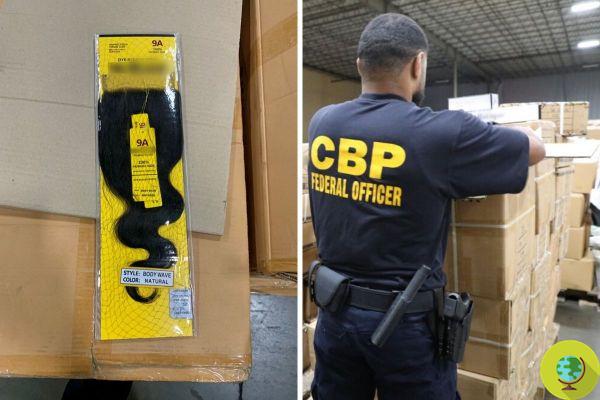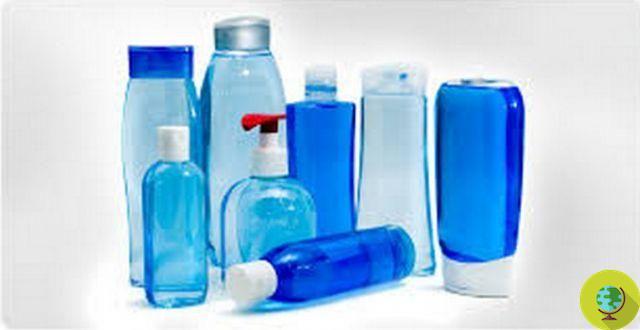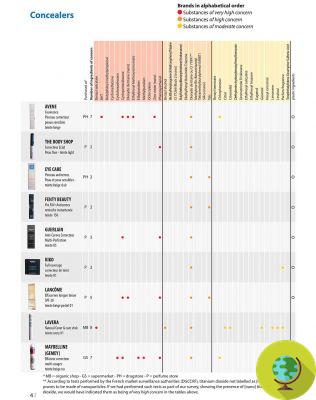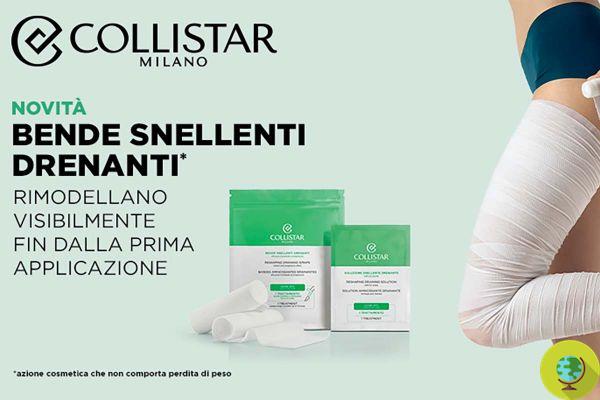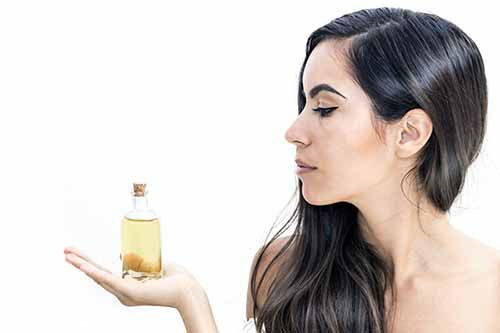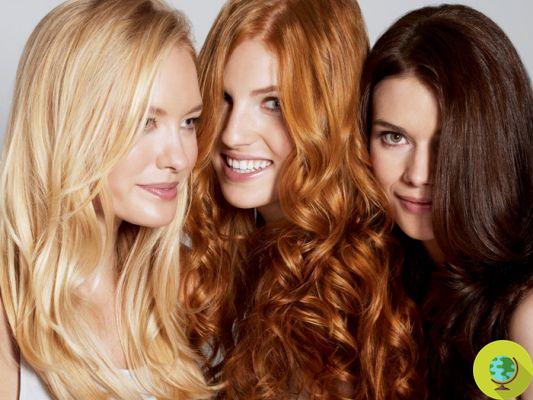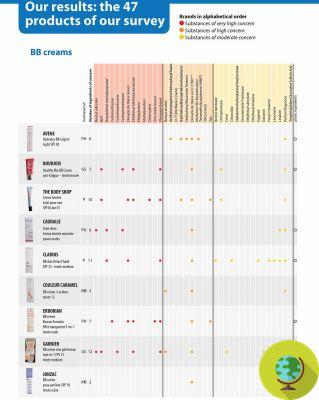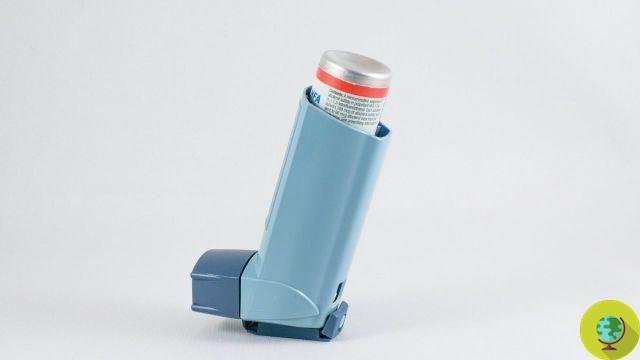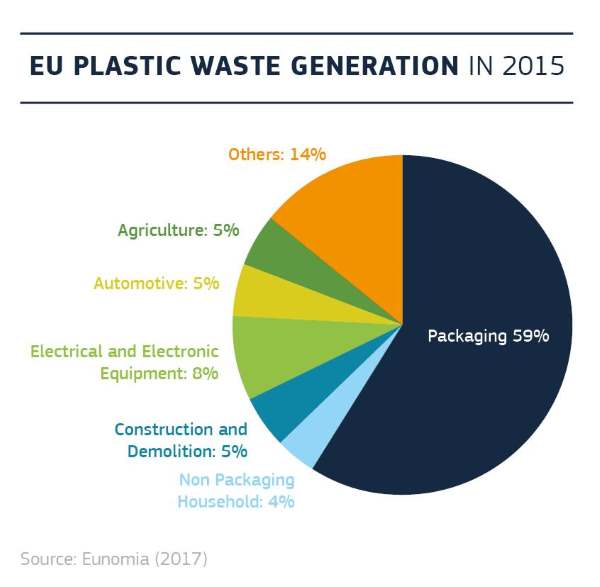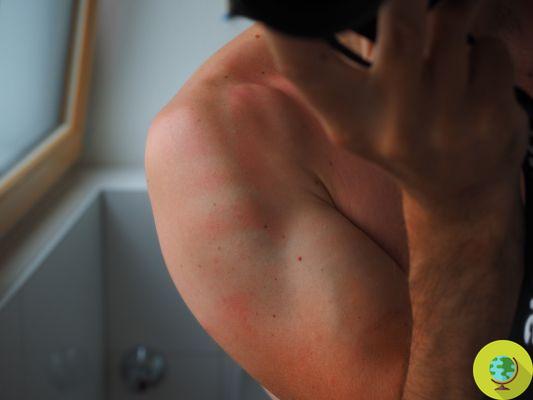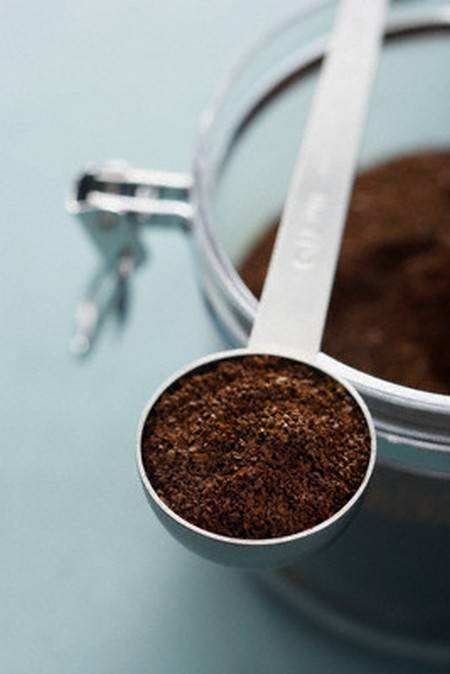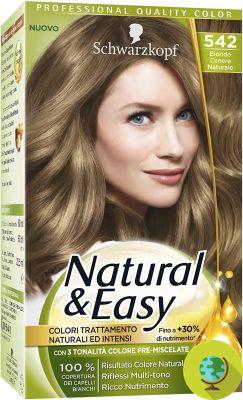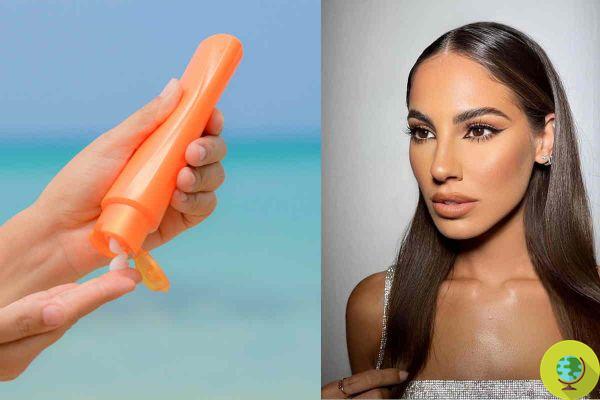
SPF indicates the sun protection factor, which is not always the same: the lower the number, the lower the protection, but it depends on the phototype
Don't store avocado like this: it's dangerousSPF stands for Sun Protector Factor. Literally, that "number" indicates the sun protection factor, which is not always the same: the lower the number, the lower the protection. What to use depends on the skin type and other factors
Sun creams, pay attention to what influencers say in their posts! In fact, the correct messages do not always pass and, especially when it comes to health, it is good to take everything with a grain of salt and rather rely only on expert advice.
This is the case of Giulia De Lellis, who in recent days has seen fit to dispense - through her stories - some advice in terms of sun protection and SPF.
The other day I give protection 50 to Ludo and make me 'no the 50 protects too much I don't get tanned I prefer to wear the 30' - says De Lellis. In reality, the 50, the 30 and the 20 all protect in the same way, only the 50 lasts longer, the 30 less, the 20 even less, the 15 you have to put it on every 2 hours. Nothing changes simply if you take the 50 you have to wear it fewer times during the day.
Two fanfares in one sentence:
- First of all, let's dispel the myth that anyone who spreads sunscreen, even SPF 50, is destined not to get tanned. High or very high sun protection does not prevent the skin tissue from getting tanned, because melanin is still produced by the skin as soon as you are exposed to the sun. The purpose of the sun products with high SPF rather, it helps to prevent and delay the onset of rashes and burns. The opposite is true: without protection you don't get tanned first but you burn first! Not putting protection on the skin on the face and body means first of all exposing it to very serious risks.
- the SPF indicates the ability to filter UVB rays: in a solar system, the higher the SPF, the higher the degree of protection against UV rays. Therefore, they are not all the same.
Read also: Sun creams: 12 myths and beliefs to dispel
UVA, UVB and UVC rays
Let's start with the difference between the different types of ultraviolet rays. Characterized by their wavelength, they are divided into:
- UVC rays (with a wavelength between 100 and 280 nanometers)
- UVB rays (between 280 and 320 nm)
- UVA (from 320 to 400 nm)
- i UVC rays they are filtered by the ozone layer and do not reach the earth's surface
- UVA (about 95% of UV rays) are retained very little by the atmosphere and clouds, so they are more penetrating and, if they do not cause burns and do not really tan, they are able to penetrate to the dermis, accelerating the aging processes of the skin. Unlike that of UVB, the intensity of UVAs that reach the earth's surface is constant throughout the year: this is why protective creams should be applied not only in the summer months, but whenever there is sunlight.
What is it that tans then?
Grapes lead to aoxidation of melanin already in our "endowment", so they give the skin a color that will last a short time and that in summer appears just a few hours after the first exposure. Only if you continue to expose yourself regularly, UVB, which stimulate the proliferation of melanosomes, give a real tan, organelles responsible for the production of melanin.
According to the National Cancer Institute, the rate of new melanoma cases among American adults has tripled in forty years. Thanks to a more detailed diagnosis, it should not in any case be forgotten that sunscreen must always be used and that the most vulnerable hours are those between 11 and 16.
The SPF, the sun protection factor
And let's go back to that "number" so badly posed by De Lellis.
The SPF, the Sun Protection Factor, was introduced in the 60s and indicates how many times a person's UVB exposure will be reduced once sunscreen is applied. For example, if it takes 15 minutes in the sun for the skin to burn, spreading SPF 15 “stretches” the effect 15 times, which means it takes three hours and 45 minutes for the skin to have the same effect. A sunscreen with an SPF 100 index means that the same person would be protected for more than 24 hours.
The SPF is basically a numerical parameter aimed at informing the consumer about the protective efficacy of sun cosmetics and:
- on the amount of UVB rays blocked by the cream
- on the useful time for UVB rays to go beyond the sunscreen and cause erythema (Read also: Sunburn: causes, all the remedies and how to prevent it)
- on the amount of incident radiation that can penetrate the skin
The SPF should be chosen according to your skin phototype:
- very high factor (50+ or total screen) in the case of very fair skin and red or blond hair (phototype 1)
- high / very high protection (between 50+ and 30) with light skin and brown or blond hats (phototype 2)
- medium protection with SPF between 25 and 15 in case of dark blond hair and / or sensitive skin (phototype 3) or with brown hair and moderately sensitive skin (phototype 4)
- SPF even low, between 10 and 6 for dark hair and olive complexion (phototype 5) or very dark hair and dark skin (phototype 6)
Finally, as stated on the website of the Veronesi Foundation, no one can screen completely and all must be applied at least every 2 hours during the day.
Read all of our articles on sun creams.
Read also:
- Sun creams: what is your child's phototype and what is the risk of a vitamin D deficiency? The opinion of the pediatrician
- Sun creams: the petition to reduce VAT launched by Martina, who suffers from vitiligo
- Sun creams: they do not protect the marine ecosystem as they promise. Among the worst of the French Nivea test
- Does being in the sun with sunscreen really block vitamin D?
- Solid sun creams: the best protections for tanning with a good Inci and plastic free




